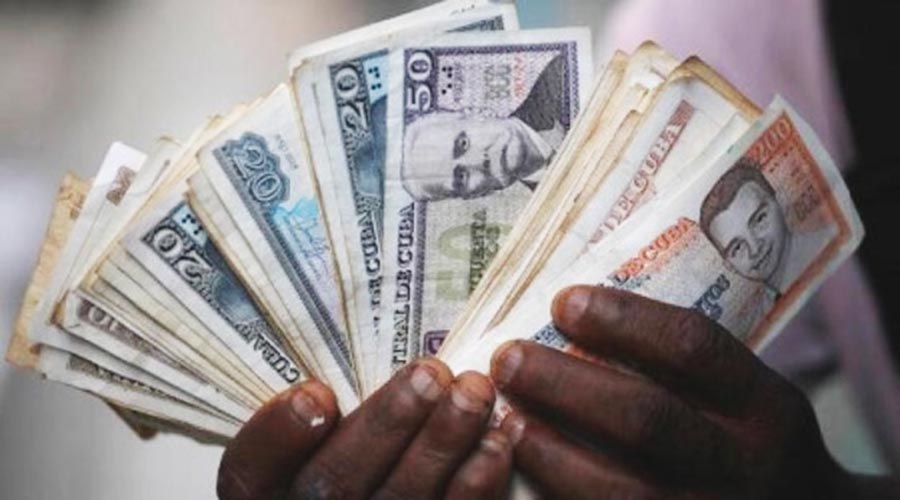HAVANA, (Reuters) – The Cuban peso was trading on the informal market at an all-time low of 230 to the dollar yesterday, slumping to half its value a year ago as consumers struggle with surging inflation and scarce goods, a widely watched tracker showed.
The state considers the informal exchange rate, widely tracked via the independent news outlet El Toque, as illegal, but it has been unable to shut it down. The state officially pegs the local currency at 120 pesos to the dollar, but it has few to exchange.
“The fall of the Cuban currency reflects the slow-motion collapse of the island’s productive economy,” said Bert Hoffman, a Latin America expert at the German Institute of Global and Area Studies in Hamburg.
Cuban economists said the peso’s plunge reflects a deepening four-year-old crisis in the Communist-run country that has been driven by a lack of convertible foreign currency and falling production.
While authorities mainly blame tougher U.S. sanctions and the COVID-19 pandemic for the crisis, critics point to the slow pace of market-oriented reforms.
Economy Minister Alejandro Gil in May said there was no quick fix for the economy.
A weak peso, the currency in which most Cubans are paid, undercuts the buying power of already paltry salaries that rarely top 5,000 pesos monthly, or $20 at the current exchange. The local cost of many goods imported in dollars also skyrockets as the peso plunges.
The currency’s decline has been accompanied by shortages of food, medicine and other basic goods and long lines appear when they are available.
Experts estimate 40% of Cuba’s 11 million people rely entirely on pesos and have no access to dollars. Those who are able to get their hands on greenbacks obtain them primarily via remittances from abroad or from selling to tourists.
“The dollar keeps going up,” said Havana primary school teacher Sonia Nunez. “We have to kill ourselves getting money to buy three dollars to buy a little bit of detergent, a little bit of tomato puree, so the increase in the dollar is enormous, it has been something horrible.”
The weakening informal rate was similar to a fall in the government’s electronic equivalent, which residents must use to purchase goods at state stores that are relatively well-stocked compared with peso outlets.
While the electronic equivalents are issued with the approval of the state, their ultimate value on the street is determined by supply and demand.
Economy Minister Gil said late last month gross domestic product grew 1.8% in the first half of the year, but remained 8% below pre-pandemic levels. The government has forecast growth of 3% for the year.
Gil said annual inflation was currently running at around a 45%. Prices grew 39% last year, a figure many economists say underestimates the rate as it does not adequately account for a growing informal market.






